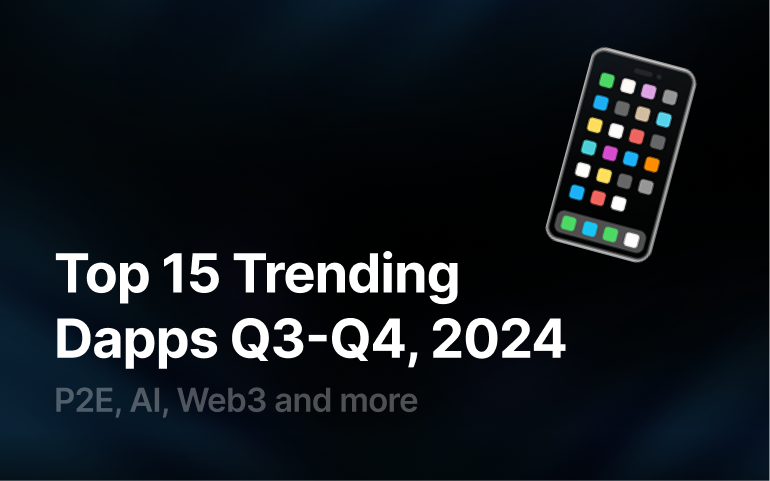Top 10 Cryptocurrencies by Market Capitalization in 2024

In recent years, the cryptocurrency market has been growing rapidly. According to CoinMarketCap, the total market capitalization is nearly $2.4 trillion. Here is a list of the top-10 cryptocurrencies by market capitalization as of mid-May 2024
Let's consider each of these cryptocurrencies individually
Bitcoin (BTC) - the world's first cryptocurrency and the undisputed market leader. Almost half of the market capitalization is attributed to it. Since 2010, the price of Bitcoin has increased by hundreds of thousands of times, from $0.08 to its historical high of $73,000 (March 2024). The number of coins is limited to 21 million.
Will Bitcoin's price increase? This is a perpetual question in the cryptocurrency market, and no matter how carefully we study the price history of BTC, it is impossible to answer with certainty. However, despite regular price declines, the average cost of Bitcoin continues to grow, indicating a positive trend for the future.
Is it too late to buy Bitcoin now? History shows that it is never too late to buy Bitcoin, but remember, investing in this cryptocurrency carries significant risks due to its high volatility.
Ethereum (ETH) - the second-largest cryptocurrency by market capitalization. ETH differs from BTC by having smart contracts, supporting DeFi, and dApps, which is why it has become a top choice for investments. The main problem of Ethereum is high transaction fees, and the recent transition from PoW to PoS did not solve this issue. However, considering the constant technological improvements and updates aimed at increasing the efficiency and sustainability of the network, it can be assumed that this cryptocurrency has long-term potential.
Tether (USDT) - a stablecoin, its value is pegged to the US dollar. USDT was created in 2014 by Tether Limited (Tether Ltd). USDT is backed by Tether reserves, which are held in various bank accounts. Its stability at 1 dollar is achieved through a balance between asset-backed support, arbitrage, and market price adjustments, as well as active management of the supply by Tether Limited. Despite scandals with audit checks, USDT remains one of the leading cryptocurrencies and, thanks to its convenience and security, is likely to remain in demand among users.
Binance Coin (BNB) - a cryptocurrency created in 2017 to finance and develop the Binance exchange. Initially, it operated on the Ethereum blockchain, but in 2019 it was transferred to its own blockchain. BNB is used to reduce fees on the exchange, pay for goods on platforms that accept it, and as a trading asset. According to forecasts and recent price increases, Binance Coin can definitely rise further in the future, so it can be purchased not only as the internal currency of the Binance exchange but also as an investment option.
Solana (SOL) - a high-performance blockchain known for its fast transaction processing speed and high efficiency, combining Proof-of-History (PoH) and Proof-of-Stake (PoS). It supports a wide range of applications from DeFi to NFT markets. Solana started at a price of $0.95 in 2020, and in 2021 reached a record of $260, but then faced some problems in 2022, including the collapse of the FTX exchange, which led to a decrease in value to $10. However, the network stabilized, and its price has increased by hundreds of percent over the last year. The future prospect of SOL may be promising, but there are also potential obstacles.
USDC - the second stablecoin by market capitalization. In terms of functionality, US dollar stablecoins are virtually identical, but USDC has a huge plus - transparency and reliability, based on audit reports that are published every month. USD Coin reserves consist only of U.S. Treasury securities and cash deposits.
XRP - the cryptocurrency of Ripple, emerged as a means of conducting transactions within the eponymous payment system. Ripple reached its maximum price in January 2018, surpassing the $3.8 mark amid partnerships with MoneyGram, American Express, and Santander. After that, XRP underwent many problems, including a lawsuit from the Securities and Exchange Commission, which reduced the asset's price to $0.11. Despite optimistic forecasts, after winning the lawsuit, XRP has not been able to recover. Forecasts for Ripple vary, and while many see potential in it, others are skeptical about its long-term prospects due to regulatory risks and volatility.
Toncoin (TON) - the main cryptocurrency of the TON blockchain. This platform provides fast and economical transactions, and also supports many applications such as DeFi and Web3 services. Toncoin was launched at a price of $0.41 in August 2021 and showed steady growth, reaching a maximum of $7.6 in April 2024. Expert forecasts for the future price of Toncoin offer a variety of, but generally optimistic assessments.
Dogecoin (DOGE) - a cryptocurrency inspired by the Shiba Inu meme, created as a joke in 2013 and became popular among users in 2018. Several times, Dogecoin experienced significant price fluctuations due to Elon Musk, when he wrote about it on Twitter or mentioned it on a TV show. Despite its high volatility, DOGE remains one of the ten largest crypto assets for several years. Does this indicate high potential for its growth? Experts believe that the long-term forecast is rather positive.
Cardano (ADA) - a third-generation blockchain platform that uses a unique proof-of-stake consensus mechanism called Ouroboros, designed for greater energy efficiency and security. The rise of popularity of second-layer blockchains has made many cheap first-layer blockchains virtually unnecessary, ADA among them. But Cardano has its strengths - they pay great attention to developing education, creating innovative infrastructure, and expanding multi-chain solutions. With good support from dedicated users, ADA has every chance to push its price up.
Large market capitalization has its pros and cons. Companies with high market capitalization receive bonuses in the form of favorable financing conditions and operational efficiency due to their large size and established influence in the market. However, this is accompanied by growth limitations and the task of maintaining flexibility in a dynamic market environment.







